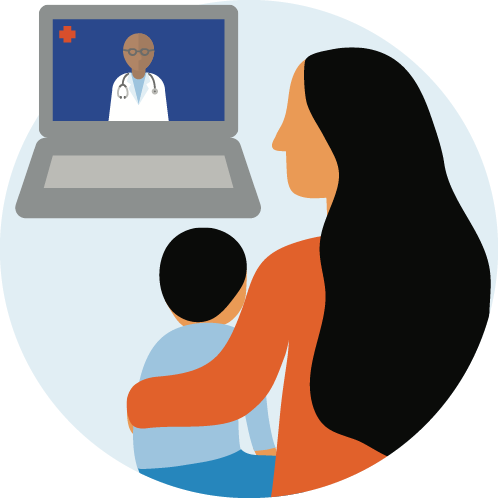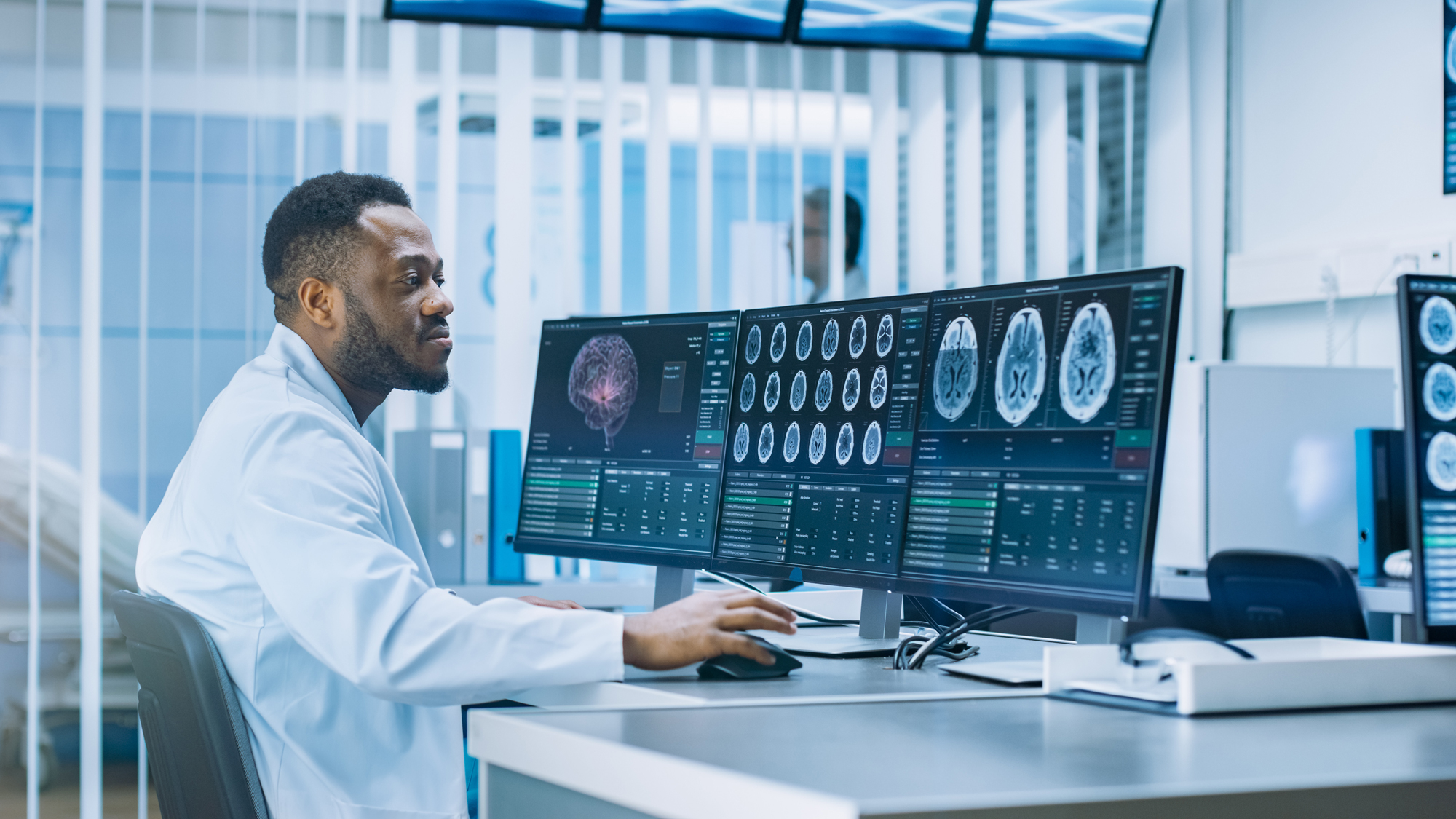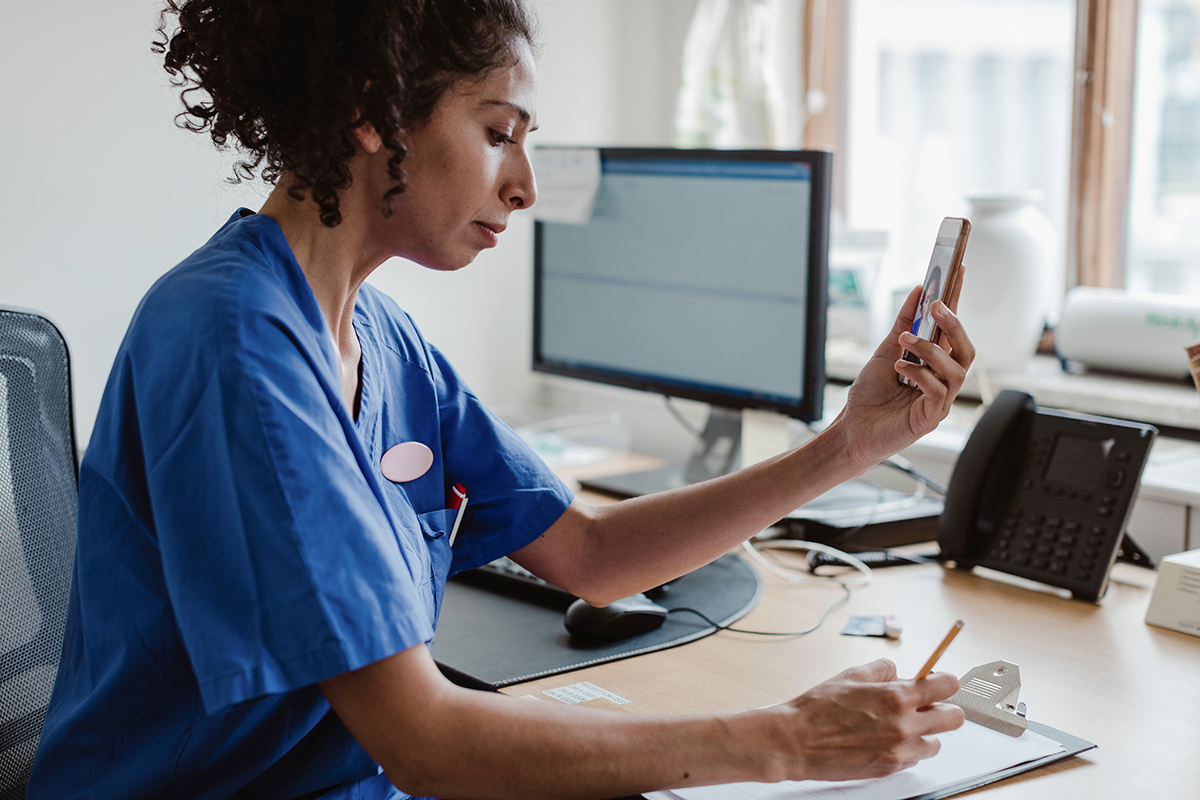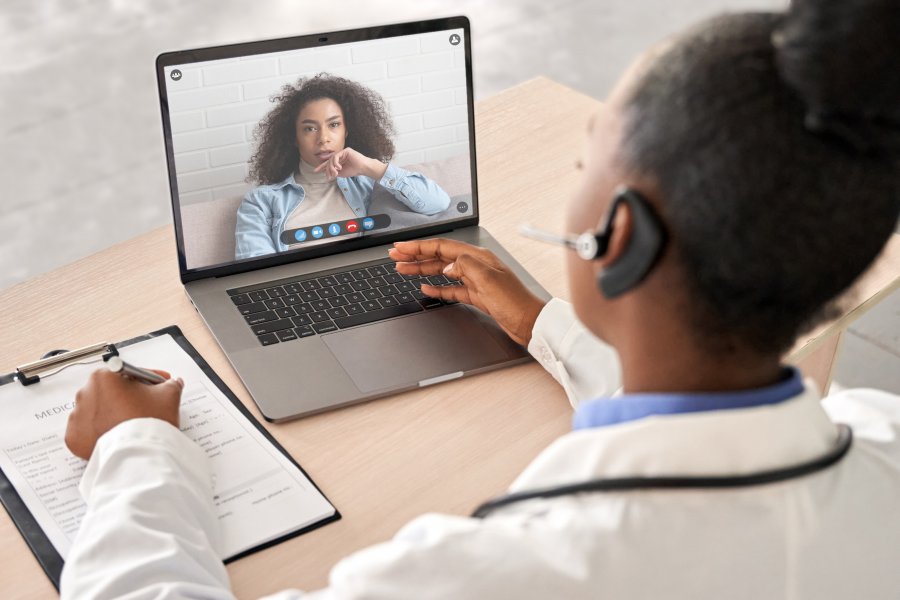Enter your email to receive the CareQuest newsletter:
Teledentistry
Teledentistry — using telehealth systems and methodologies for oral health care — is a flexible, convenient way to connect patients and providers in different physical locations.

An Introduction to Teledentistry
Many Americans face barriers to oral health care, including cost, lack of insurance, and a shortage of nearby providers. Those barriers are often the largest for underserved populations — including those who live in rural areas and those in communities of color.
Without access to regular, preventive dental care, those populations face myriad challenges. Minor dental problems can become severe and urgent and, in turn, lead to costly visits to the emergency department. And research continues to show that poor oral health can hurt overall health, reducing the quality of life for many.
There is no one solution for all these problems, but one key innovation has been gaining traction, especially during the COVID-19 pandemic: teledentistry.
Forms of Teledentistry

Live Video (Synchronous):
Two-way, “real-time” interaction between a dental provider and a patient, their caregiver or another provider.

Store-and-Forward (Asynchronous):
Patient care can be facilitated by transmitting photos, video, X-rays or other recorded information via a secure electronic system to a provider who reviews the information and/or updates a patient's treatment plan.

Remote Patient Monitoring (RPM):
This mode allows personal health or medical data to be collected from an individual in a different location, allowing a health provider to monitor a vital sign or condition.

Mobile Health (mHealth):
Smartphones or other mobile devices can be used in various ways, such as allowing people to test the pH of their saliva, which affects their risk of tooth decay.
The Value of Teledentistry
Teledentistry enables providers to triage patients, reserving office visits for those who need them most, while providing oral hygiene advice, prescriptions, or other services virtually as appropriate. The benefits are especially pronounced for certain populations. More than 56 million Americans, for example, live in areas with a shortage of dental professionals. Others face limitations such as impaired mobility, inflexible job schedules, and emotional barriers such as fear of going to the dentist. Teledentistry also saves money. Remote visits offer a safe alternative during crises such as the COVID-19 pandemic, but because of their numerous advantages, they are also becoming a permanent part of the oral health system.

86%
52%
23%
telehealth platforms.
11%
The Future of Teledentistry
While teledentistry has come a long way, it still has a long way to go. State governments can do much more to create a supportive environment for teledentistry. For example, states can update reimbursement policies, clarify legal issues, and facilitate sharing patient information. By thinking beyond the traditional visit to the dentist’s office, and taking advantage of new technologies, we can remove barriers to dental care — and come one step closer to ensuring access for all Americans.
